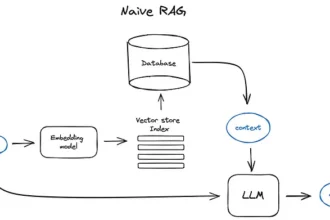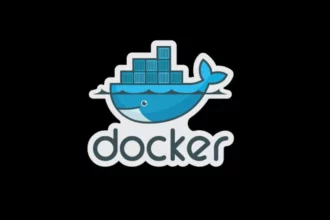Docker’s architecture is incredibly fascinating, especially when we delve into the layers and caching mechanisms that optimize building and deploying applications. Let’s embark on a journey through a postulated Dockerfile, gaining insights into how layers interconnect and influence build efficiency.
Table of Contents
ToggleLayers in a Dockerfile
Each command in a Dockerfile generates a layer in the image. Imagine a simplistic Dockerfile with a series of commands such as WORKDIR, COPY, and RUN. Each execution of these commands contributes a new layer on top of the previous one, akin to how revisions in a Git repository work. The current layer does not encapsulate a complete snapshot; rather, it reflects the changes made compared to the preceding layer, forming a delta or diff.
For example, consider starting with FROM fedora:32. This foundational layer may embody numerous layers unknown to us—for this discussion, let’s assume it comprises a total of ten layers. With each command that follows, such as setting a work directory or copying files, we progressively stack additional layers, resulting in layer n+1, n+2, and so forth.
Mechanism of Caching
When a Dockerfile is built, every layer generates a hash based on its content. Docker harnesses this hash to ascertain if any modifications occurred since the last build. If an alteration is detected at a layer or its parent layers, Docker invalidates the cache for the changed layer and all layers that follow, triggering them to rebuild anew.
Picture a pristine Dockerfile that has undergone no alterations. During the subsequent build process, each layer can be readily constructed from the cache. However, consider what happens if we modify source code—an action common in application development. Once that source code layer changes, all child layers, reliant on the original layer, become invalidated, requiring them to build again. This cascading effect can severely prolong build times. Similarly, even alterations higher up the command structure can jeopardize cached layers, forcing a complete rebuild of the entire stack down to and including the point of change.
Optimizing Dockerfile Layers
Let’s explore a practical example involving dependency installations using dnf. Typically, these installations require considerable time, particularly as they churn through numerous packages. After a lengthy initial build, where layers with unchanged dependencies have been cached, a simple update in the source code can necessitate a costly rebuild of layers beyond the point of change.
To circumvent these inefficiencies, reordering commands in our Dockerfile can yield significant time savings. Rather than running multiple dnf commands separately—which unnecessarily populates our build process with additional layers—consolidating them into a single command generates just one layer, reducing the build’s complexity.
Moreover, executing updates before copying over the source code allows us to limit the amount of rework needed when adjustments occur in the application. By structuring our Dockerfile intelligently, we can minimize the number of layers invalidated during typical source code modifications.
Practical Application and Results
The restructured Dockerfile, now optimized, showcased marked improvements during the build process. With fewer layers affected by source code changes, the requisite commands went through the caching mechanism without delay, vastly expediting the entire construction. This highlighted the brilliance of Docker’s caching system—an effective strategy in ensuring the development cycle remains swift and agile.
Reiterating this lesson; as you modify your code, the cache is disrupted only at the layer directly impacted and those stacked thereafter. Thus, thoughtful layering and intuitive ordering of commands are essential to harnessing Docker’s built-in efficiencies.
Continued Learning
For those wishing to delve deeper into the intricacies of Docker and container management, exploring comprehensive introductory materials is immensely beneficial. Engaging with foundational concepts can provide invaluable prowess in navigating containerized environments, amplifying productivity and fluidity in modern development practices.
Thank you for joining this overview of Docker caching mechanisms and layer principles. May your journey through containerization be both enlightening and efficient!





